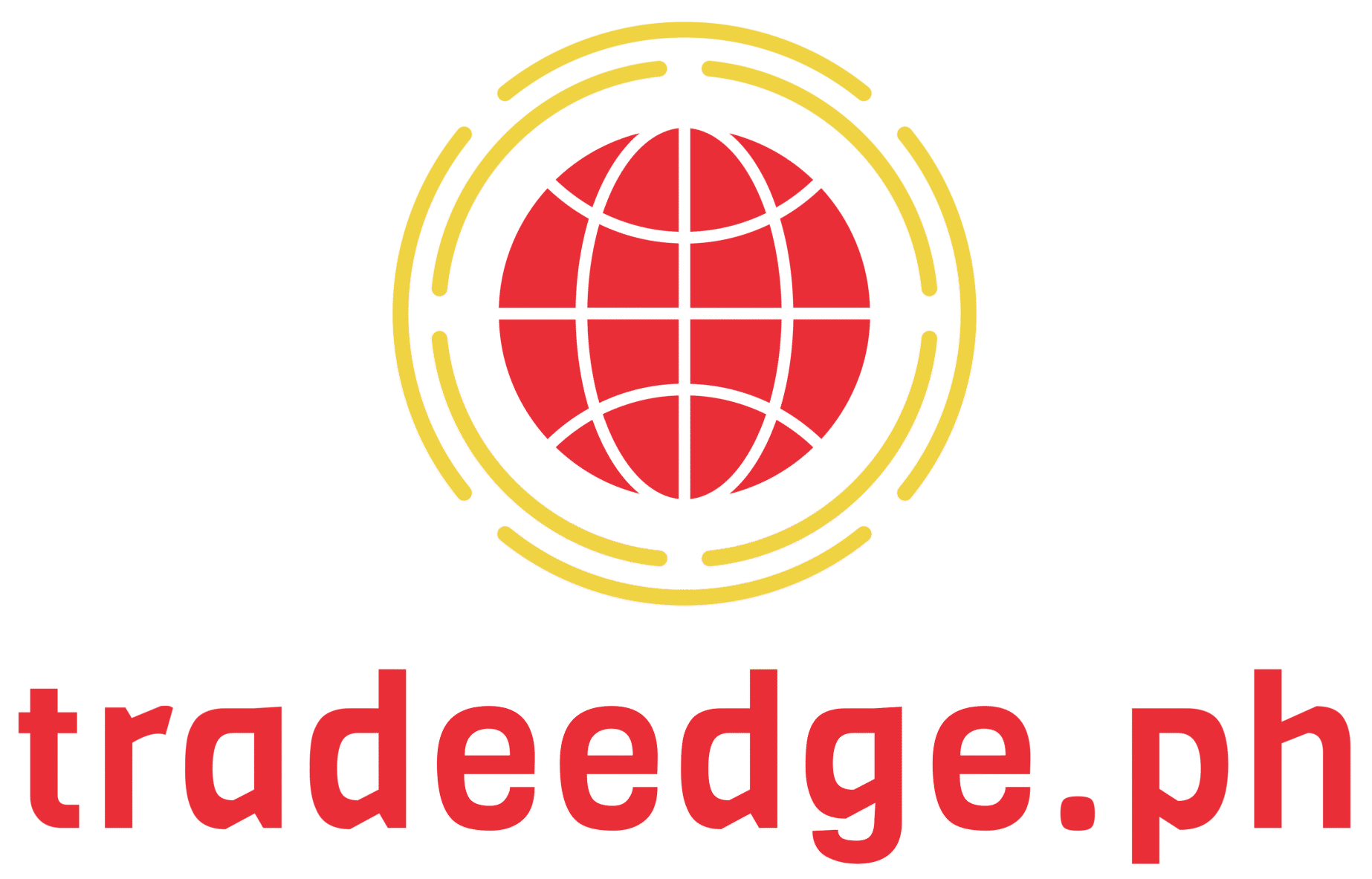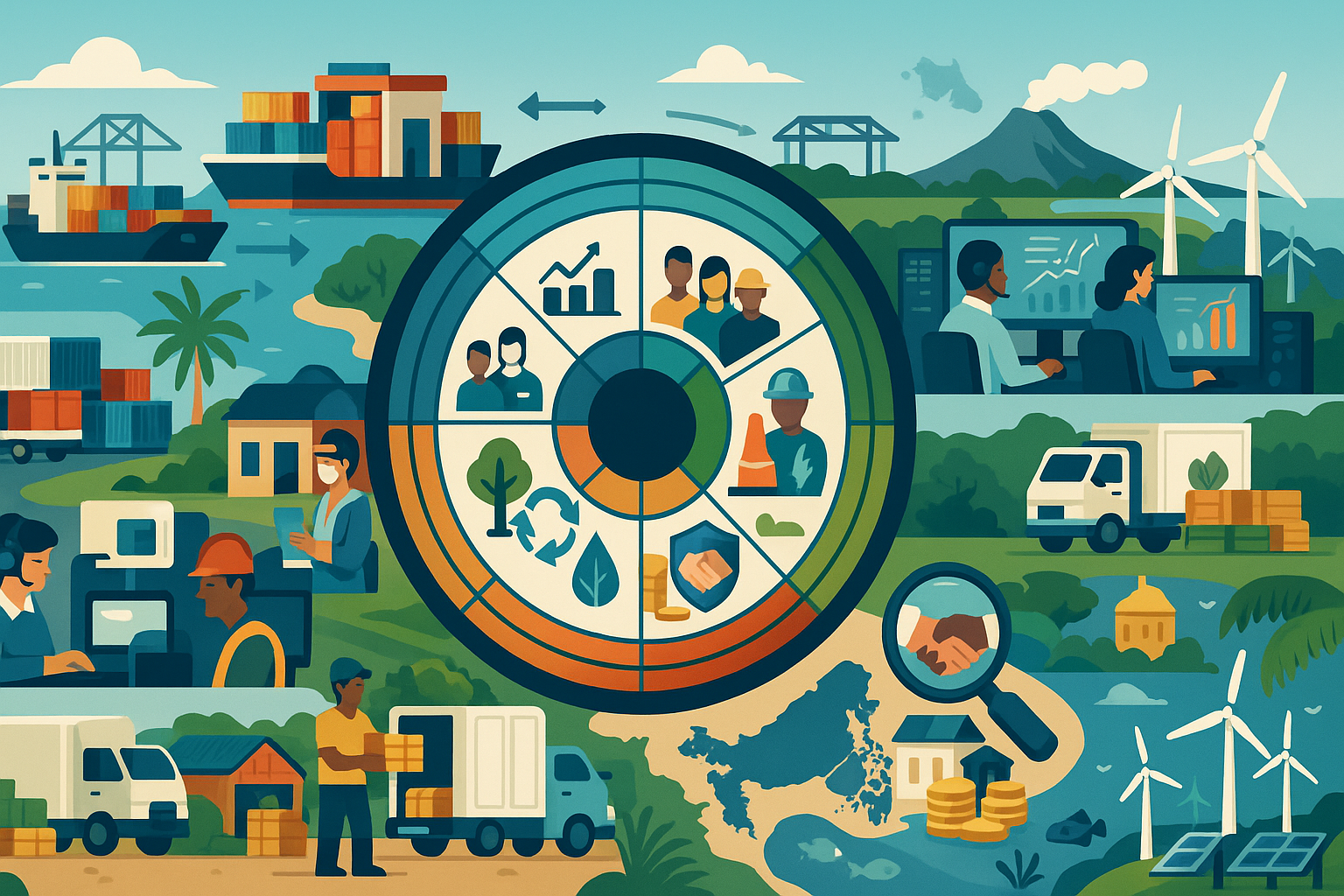The relationship between the Philippines and multinational corporations has evolved through distinct phases shaped by global and domestic policy shifts. In the late 20th century, export processing zones and tariff liberalization opened the door to internationally mobile capital. Electronics assemblers arrived, leveraging a young labor force, English proficiency, and preferential incentives. With WTO integration and ASEAN economic ties deepening, the country integrated into regional supply chains, particularly in components manufacturing.
The 2000s witnessed the ascent of business process outsourcing. Enabled by fiber-optic connectivity and time-zone arbitrage, foreign tech and professional services firms established delivery centers. This wave diversified export earnings beyond goods into services, buffered the economy during external shocks, and catalyzed urban infrastructure—from office towers to transit-oriented developments. It also infused workplaces with global practices: quality assurance frameworks, data privacy protocols, and leadership pipelines.
Social outcomes mirrored this transformation. Formalization expanded as global clients demanded compliance with labor and safety standards. Women gained access to well-paid roles in customer care, finance, and HR, gradually shifting household dynamics and consumption patterns. Yet challenges emerged: night shift work brought sleep and cardiovascular risks; high-pressure service metrics increased stress; and commuting burdens in congested cities strained work–life balance.
Regional inequality proved stubborn. Investment clustered in urban corridors, leaving many rural communities reliant on agriculture or outmigration. Extractive industries sought to change that—offering jobs, roads, and community funds in remote areas—but too often sparked disputes over ancestral land, environmental damage, and uneven benefit sharing. These conflicts highlighted the need for robust safeguards: indigenous consent processes, transparent royalty management, and independent monitoring.
Economically, the MNC footprint has been a double-edged sword. FDI added capital and know-how but sometimes reinforced a “middleman” position in value chains. Assembly and service delivery grew, while advanced design, IP ownership, and product strategy stayed abroad. To escape this trap, policymakers experimented with incentive reforms and supplier development, urging firms to embed deeper: establishing design studios, data analytics hubs, and joint research with universities.
Looking forward, three priorities are clear. First, move up the value chain by linking incentives to knowledge creation—patents, prototypes, and co-authored publications—not just headcount. Second, spread benefits geographically by improving logistics, digitizing government services, and investing in secondary cities, making them attractive for higher-value MNC operations. Third, green the investment pipeline: attract foreign capital to renewables, energy efficiency, and climate-resilient infrastructure, while tightening standards for high-risk sectors.
The state’s role is to set credible, consistent rules: protect contract sanctity, enforce competition policy, and streamline permitting to cut informal costs that drive firms into safe, low-innovation niches. Workers need continuous learning ecosystems—stackable credentials, employer-funded academies, and university–industry consortia—to progress from routine tasks to specialties.
Multinationals have woven themselves into the Philippine development story. Their presence can either cement dependency or catalyze capability. With institution-building, strategic incentives, and social safeguards, the country can turn international investment into domestic strength.




